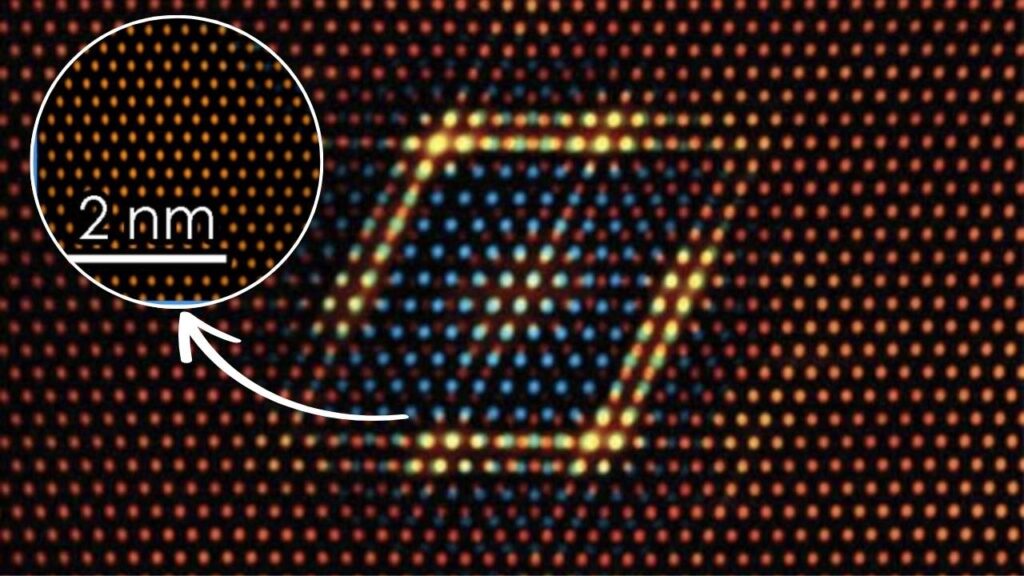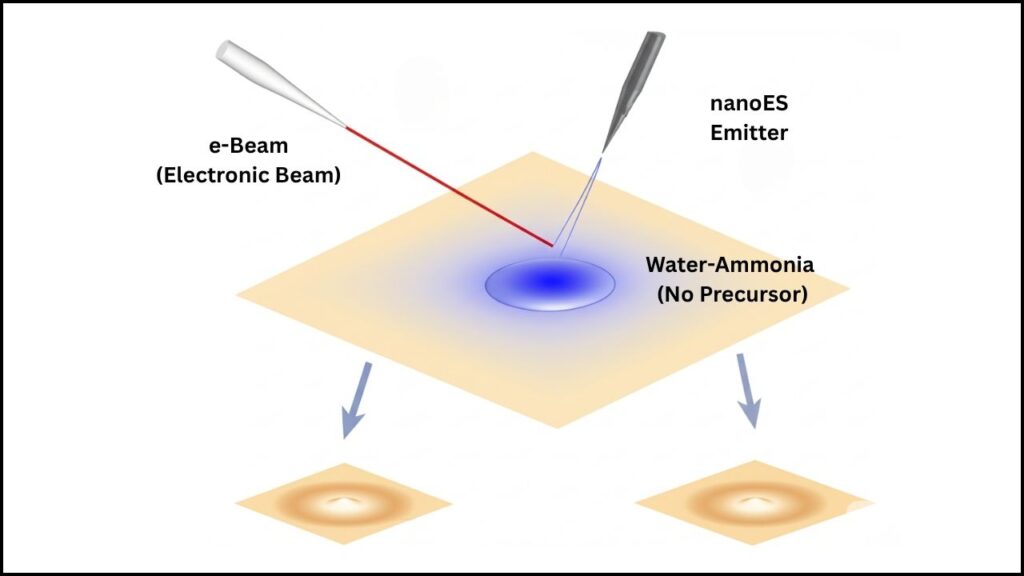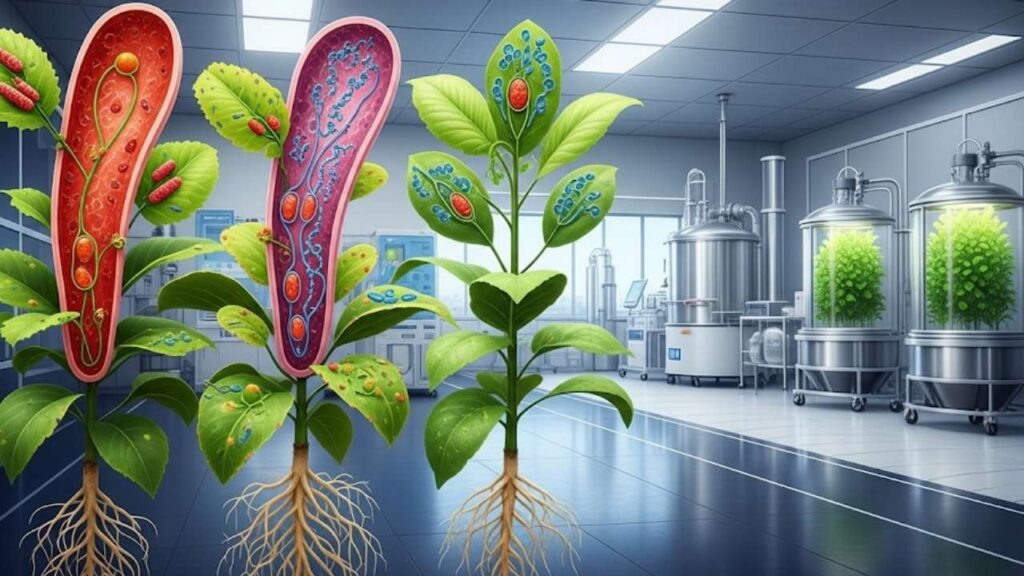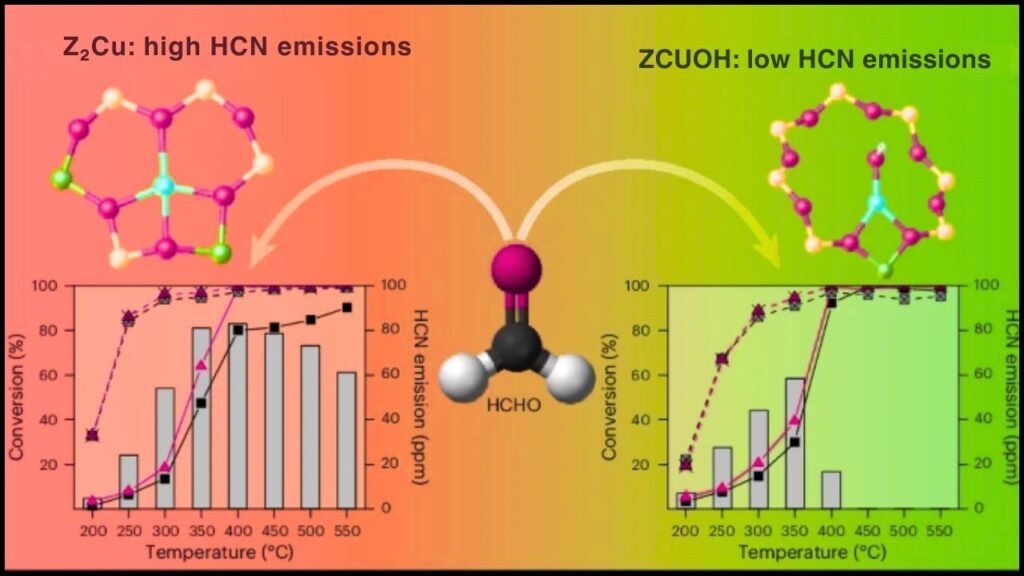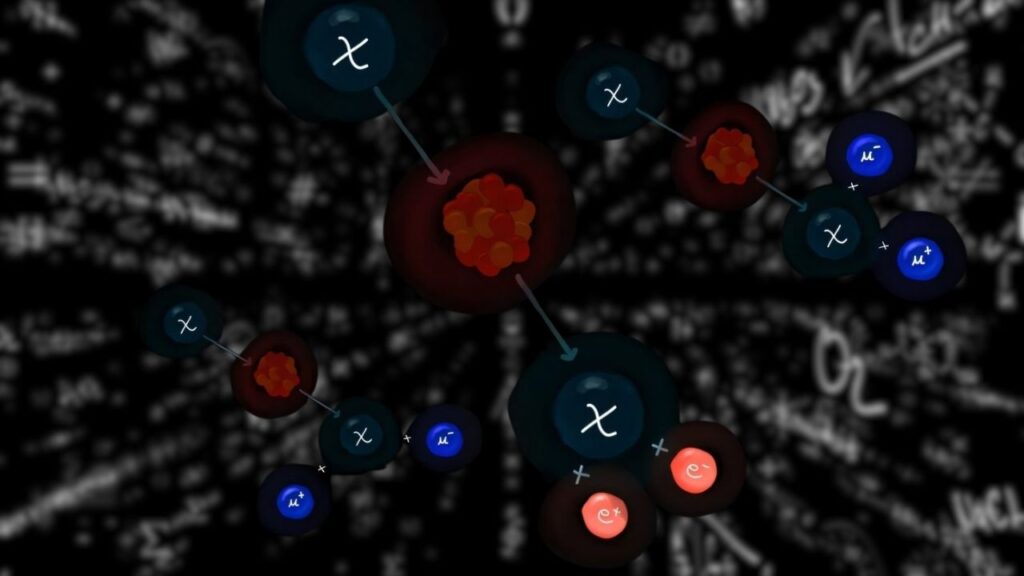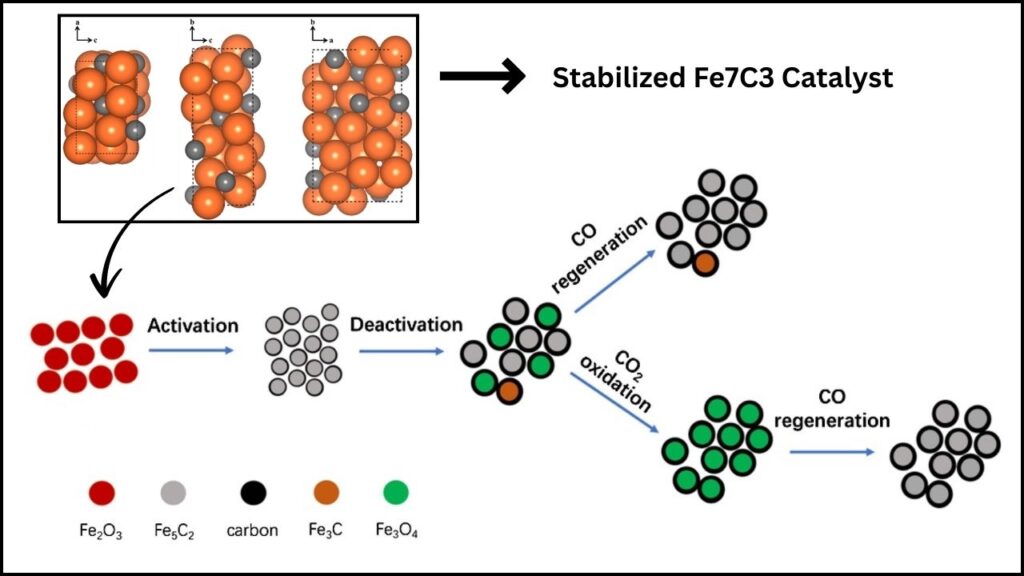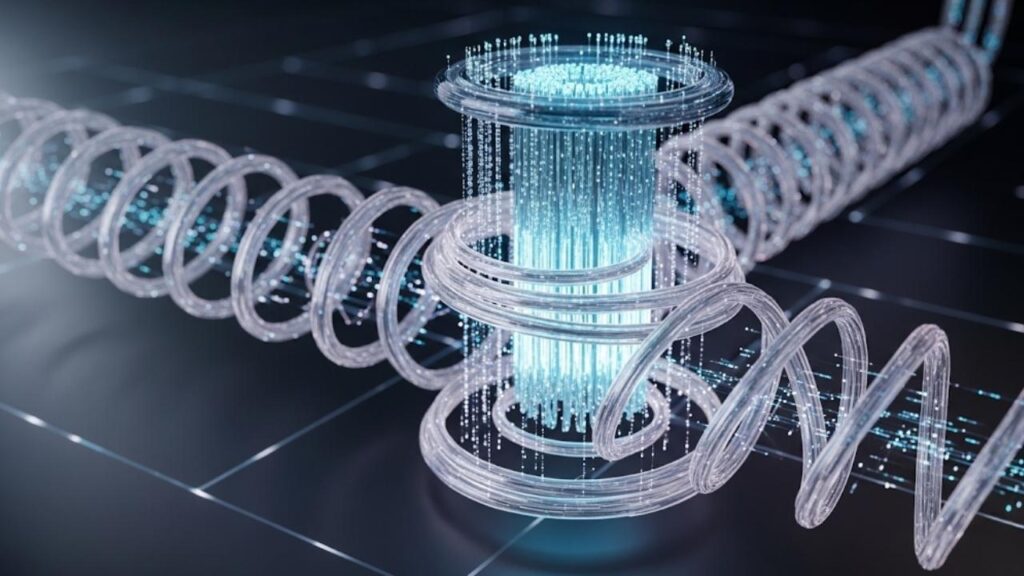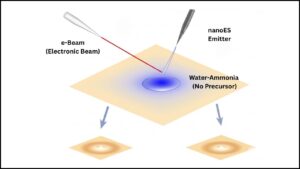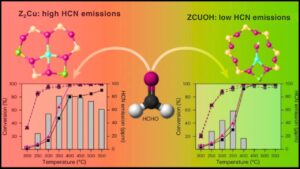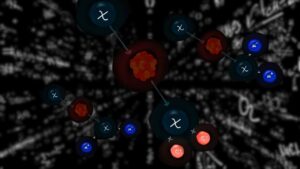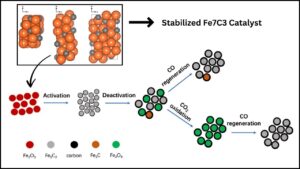High-temperature superconductors (HTS) have been a fascinating and elusive topic in physics for decades. In 2025, researchers have made remarkable progress in unveiling the hidden mysteries behind these extraordinary materials. This article explores these developments, providing a clear, easy-to-understand explanation that’s accessible to curious minds of all ages, while also offering deep insights for professionals in the field.

Table of Contents
What Are High-Temperature Superconductors?
Superconductors are special materials that can conduct electricity with zero resistance, meaning electrical current can flow through them without any loss of energy. This is a game-changing property because it eliminates the heat and energy waste that happens in normal electrical wires.
Traditionally, superconductivity was observed only at extremely low temperatures near absolute zero (around −273°C), which made applications difficult and expensive. High-temperature superconductors work at much higher temperatures, sometimes as “warm” as −230°C to −130°C, making them more practical for real-world use, especially if this operational temperature can be increased further.
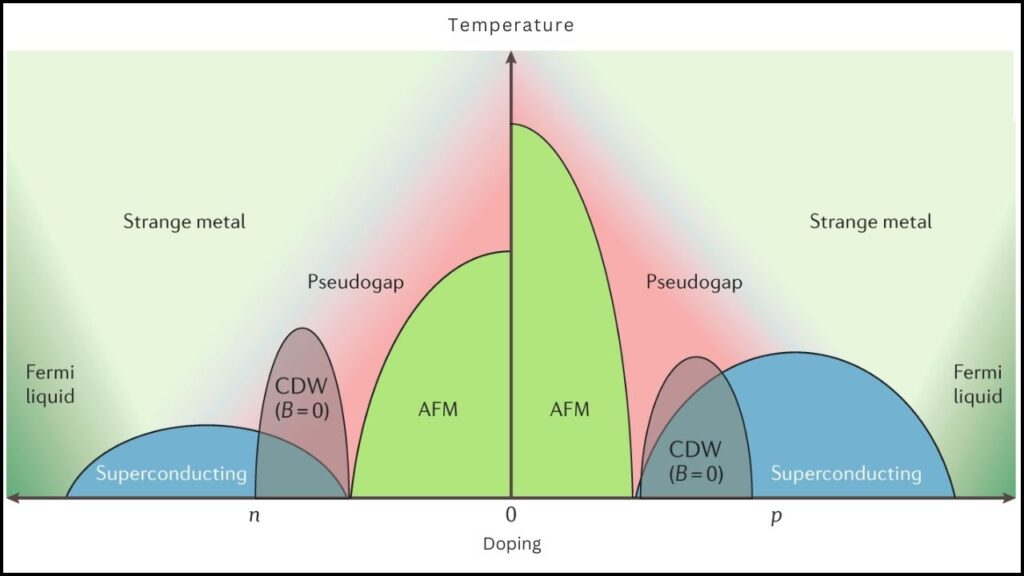
Why Is This Important?
Superconductors have huge potential to transform modern technology—from creating power grids without energy loss, to ultra-fast computing, and magnetic levitation trains. Understanding HTS mechanisms is crucial for developing superconductors that work closer to room temperature.
Researchers Uncover Hidden Mysteries of High-Temperature Superconductors
| Topic | Details |
|---|---|
| New Copper-Free HTS Material | Discovery of a nickel oxide superconducting at ~40 K (−233°C) under normal pressure |
| Room Pressure Nickelate Superconductors | Stabilization of nickelates with zero electrical resistance at room pressure |
| Advanced AI Dataset for HTS | Development of HTSC-2025 dataset for AI-driven superconductivity prediction |
| Quantum Insights Into Cuprates | Detailed studies revealing layer-by-layer superconductivity mechanisms in cuprate materials |
| Potential Applications | Zero energy loss power transmission, quantum computing, magnetic levitation, energy savings |
| Official Source for HTS Research | Reliable reference for the latest superconductivity data and breakthroughs |
The hidden mysteries of high-temperature superconductors are steadily coming to light thanks to innovative research combining materials science, quantum physics, and artificial intelligence. The discovery of copper-free superconductors operating at ambient pressure, along with the stabilization of new nickelate superconductors, opens exciting opportunities for practical applications in energy efficiency and computing technology.
For researchers and professionals, these breakthroughs signal a promising future in which superconductivity could profoundly impact everyday life and industrial innovation. Continued interdisciplinary efforts will accelerate progress toward the ultimate goal: room-temperature superconductors usable in widely accessible technology.
Breaking Down the Latest Discoveries
1. New Copper-Free Superconductors Break the 40 K Barrier
Scientists at the National University of Singapore (NUS) developed a groundbreaking copper-free superconducting oxide that exhibits superconductivity near 40 K (−233°C) under ambient pressures. This is revolutionary since copper oxides (cuprates) have extensively dominated HTS research since their discovery in the 1980s.
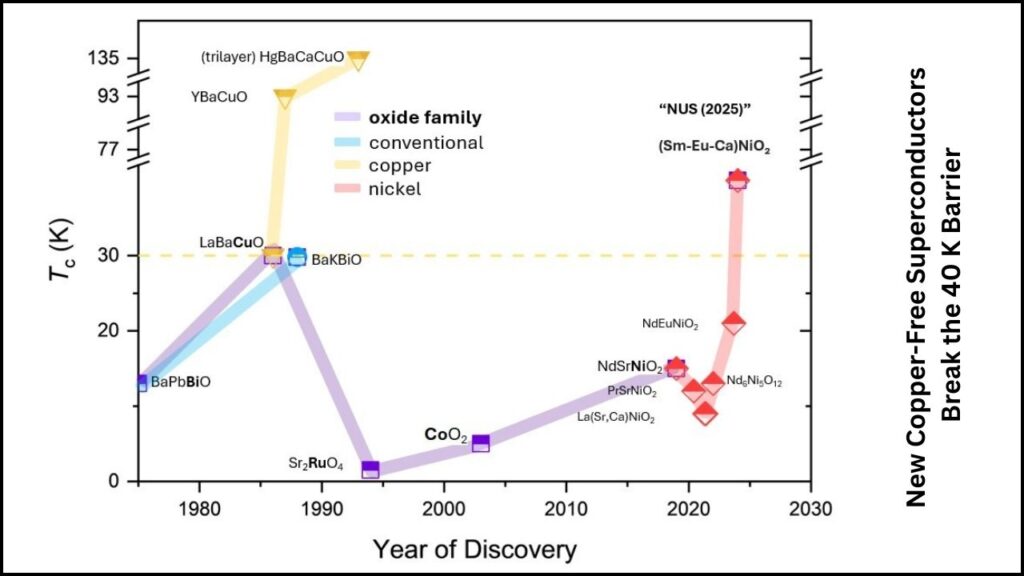
This nickel oxide superconductor works under normal atmospheric pressure without needing extreme environments like high pressure or cooling to near absolute zero. Such stability opens doors for practical electronics that are energy-efficient and scalable.
Practical Example:
Imagine an electric cable made from this material transmitting power from a solar panel to your home with virtually no energy loss, unlike current wires where up to 10% or more energy dissipates as heat.
2. Room-Pressure Superconductivity in Nickelates
A pioneering team at SLAC and Stanford succeeded in stabilizing a new class of nickelate superconductors that function at room pressure. Traditionally, many promising HTS materials required high pressure, achieved only by expensive and complex diamond anvil cells. This new method uses thin-film techniques and lateral compression to stabilize the material at everyday conditions.
Their work brings us closer to practical applications like lossless power grids and advanced quantum devices, potentially transforming energy infrastructure and computing.
3. AI and Big Data Fuel New Superconductor Discoveries
The rise of artificial intelligence (AI) is accelerating HTS research remarkably. The HTSC-2025 dataset, launched in 2025, is an open-source collection of high-temperature superconducting materials and their properties. It feeds AI models to predict superconducting transition temperatures, enabling faster identification of new materials without exhaustive lab testing.
This data-driven approach complements traditional physics research and speeds up discovery cycles.
4. Unveiling the Layered Secrets of Cuprates
Cuprate superconductors—the first discovered HTS materials—still hold many secrets. Recent studies have focused on understanding the role of multilayer structures, electron interactions, and oscillating superconducting states within these materials.
Researchers now believe that the interaction between layers in cuprates plays a critical role in achieving the highest superconducting temperatures at ambient pressure. This refined knowledge could guide the design of future materials with even better performance.
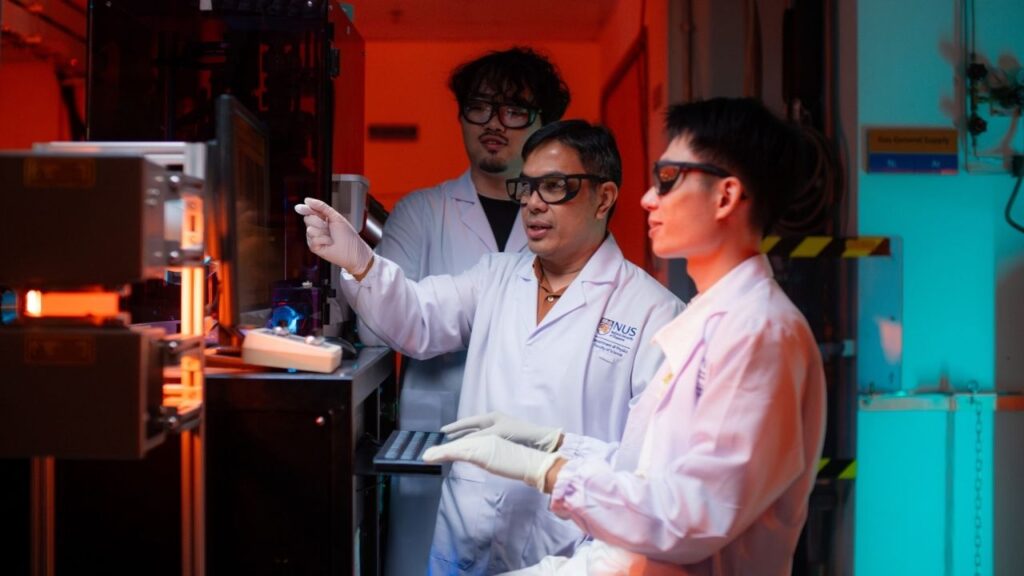
Why Should Professionals Care?
These advances are not just academic—they have practical implications in fields like:
- Energy Transmission: HTS wires could revolutionize power grids by reducing energy waste, cutting carbon footprints, and improving grid resilience.
- Electronics: Superconductors can miniaturize electronics, improve speeds, and reduce heat generation in computers and mobile devices.
- Quantum Computing: Better superconductors enable more stable quantum bits (qubits), advancing the next generation of computing technologies.
- Medical Technology: MRI machines and other imaging technologies rely on superconducting magnets, which could be improved through new HTS materials.
New Quantum Weirdness Spotted in Superconductor—Could It Upend Physics?
MIT Just Found a Superconductor That’s Also Magnetic — Physics Textbooks May Need a Rewrite
Scientists Use Magnetic Chains and Superconductors to Create a New Quantum Material
FAQs About Researchers Uncover Hidden Mysteries of High-Temperature Superconductors
Q1: What makes a superconductor “high-temperature”?
Answer: A superconductor is called high-temperature if it operates at temperatures much higher than traditional superconductors, typically above 30 K (−243°C). These temperatures, while still extremely cold, are easier to maintain and thus more practical.
Q2: Why is ambient pressure significant for superconductors?
Answer: Many superconductors only work under very high pressures, which are difficult and costly to maintain. Materials that superconduct at ambient or room pressure are much easier to use in real-world applications.
Q3: How can AI help discover new superconductors?
Answer: AI can analyze large datasets of materials and predict properties like superconducting transition temperatures, enabling faster and more efficient discovery without extensive laboratory experiments.
Q4: What industries will benefit most soon?
Answer: Energy, electronics, medical imaging, and quantum computing are expected to benefit shortly as HTS materials become more practical and cost-effective.
A Simple Step-by-Step Guide to Understanding HTS for Beginners
- Basic Concept: Electrons in a superconductor pair up and flow without hitting obstacles, eliminating resistance.
- Critical Temperature (Tc): This is the temperature below which a material becomes superconducting.
- Traditional vs. High-Temperature: Traditional superconductors need ultra-cold temps; HTS work at comparatively higher temps.
- Material Types: Cuprates (copper oxides) are classic HTS, but new nickelates and copper-free oxides show promise.
- Pressure Factor: Some HTS require high pressure to perform; recent advances now allow room-pressure HTS.
- Applications: From power cables to quantum computers, HTS enable greener, faster technologies.
